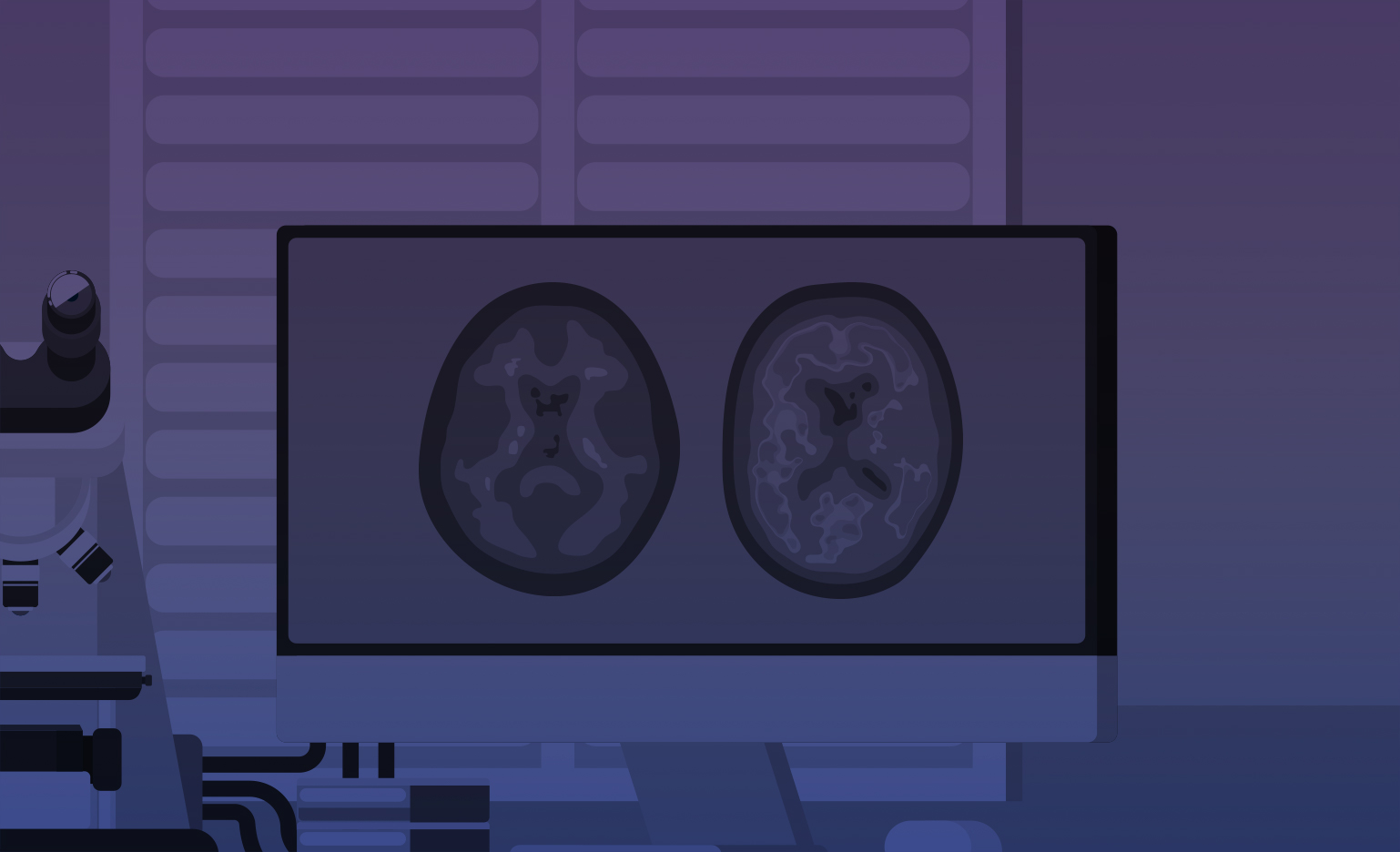The Ohio State University
The Ohio State University
Contrast agents for premortem diagnosis and staging of Alzheimer's disease
Alzheimer's disease is defined by the appearance of characteristic lesions in the brain. It differs from other dementias in the protein composition of the lesions and by their hierarchical emergence in distinct cortical and subcortical regions. For these reasons, the spatial and temporal distributions of lesions haave been used to differentially diagnose and stage disease. Neurofibrillary lesions have special utility in this regard. They are composed of tau, a microtubule-associated protein that normally functions to promote tubulin assembly, microtubule stability, and cytoskeletal integrity. Tau that accumulates in neurofibrillary lesions differs from microtubule-associated protein in its state of aggregation. Moreover, fibrillization is accompanied by conformational changes in tau protomers that can be sensed by selective monoclonal antibodies and by small molecules such as thioflavine dyes. These data suggest that tau-bearing lesions present novel binding sites that can be detected with small molecule probes, and potentially exploited to develop ligands capable of selectively detecting their presence. Such agents could have practical usage as contrast agents capable of detecting pre-mortem disease and of establishing Braak stage (the gold standard of post-mortem assessment). However, our preliminary findings indicate the approach to ligand discovery is complicated by the presence of multiple binding sites on tau filaments and by extensive cross-reactivity with aggregates composed of beta-amyloid and alpha-synuclein proteins. Moreover, one ligand with demonstrated order of magnitude selectivity for tau over beta-amyloid and alpha-synuclein, Thiazine red, is predicted to have poor pharmacokinetic characteristics. This proposal seeks to address these issues in three Specific Aims. First, the stoichiometry and binding affinity of ligands for various binding sites appearing on aggregates composed of naturally occurring tau isoforms will be characterized. The results will clarify the range of binding sites available for ligand discovery. Second, a pharmacokinetic model will be built and analyzed to determine the binding selectivity required for whole brain imaging of neurofibrillary lesion density at different stages of disease. Finally, a small library of Thiazine red analogs will be characterized to determine whether established binding selectivity can be maintained while predicted pharmacokinetic properties are improved. Successful completion of this project will clarify the potential of tau-based imaging agents for early stage diagnosis of Alzheimer's disease and other tauopathies.

